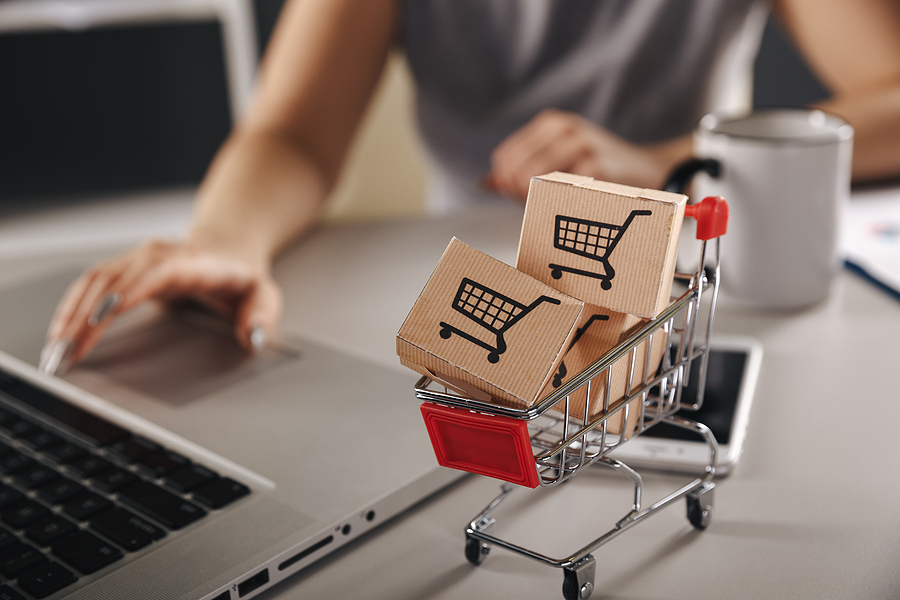By Mike Black, SVP at Profitero
At the start of the pandemic, online shopping, and online grocery in particular, was an obvious need for consumers looking for an easy and safe way to buy essentials. Now as restaurants, bars, and retail shops remain closed or at limited capacity, and consumers settle into quarantine with continued uncertainty this year, how will online shopping needs change? And how must brands adjust their online and eCommerce strategies to win?
Sell the experience
Last March, consumers were focused on survival (i.e., stocking up on toilet paper and hand sanitizer), but almost a year later they crave a sense of experience and community that has been lost to isolation. The brands that can show how their products enable people to have great experiences at home are going to continue to capture consumer attention. For instance, alcohol and spirits brands should pivot from selling consumers on a specific bottle of whiskey and instead sell the experience of cocktail making at home.
Leveraging social media channels, like Instagram and Facebook, plays well to position brands around experiential and community benefits. And, those channels need to be balanced alongside more bottom funnel tactics, like paid sponsored ads on retailer sites. It’s important that brands update their product pages on retailer sites with images and videos that sell the “experience.”
Emphasize solutions, not stuff
eCommerce makes it possible to connect disparate categories in a way you never could in a physical store. This opens up the opportunity for creative bundling that addresses bigger consumer needs for brands looking to expand their audience. For example, struggling cosmetic brands may look to partner with thriving alcohol brands to create an at-home-makeover kit paired with cocktails to drive sales.
Candy maker Ferrero released a Mother’s Day bundle last year that featured chocolate, wine, and flowers, and saw the highest conversion rates they had ever seen. A strategy like this can be rinsed and repeated depending on the season or event.
Impulse buying is still a need, so address it
Several brands thrive on impulse buys made at checkout or while browsing endcaps, but those are a lot more difficult to come by online. That said, consumers still have cravings they want to satisfy quickly. The challenge: how do you replicate that experience without a consumer leaving the house?
To win the impulse buy, brands need to adapt their portfolio for platforms and apps that specialize in last mile (or same day) delivery — platforms such as Instacart (grocery), Go Puff (convenience store-type items), and Drizly (alcohol). There’s a huge opportunity if you play in the impulse category to innovate, because it’s total white space at the moment.
Don’t make acquisition your only goal
The surge in eCommerce brought in new users at a low acquisition cost. Now, to keep these consumers engaged, it is crucial to form a strong retention plan, to both strengthen loyalty and increase shopping trip frequency. Building value and loyalty comes from investing in owned marketing strategies, like email, you website, or your customer service channel. Take email, for example. Once you get to know a customer, being able to repeatedly communicate with that existing customer and entice them to new actions is widely effective.
Do your homework
Lastly, consumers shop different categories differently. Seasonal product conversions tend to come from special offers, whereas infrequent one-time purchases, such as cold & flu products, are often generated from search. So, brands must understand shopper behavior as it relates to their product.
Next it’s important to understand different retailer website algorithms to be able to improve a product’s rank in search to be easily found. For example, Target and Amazon Fresh rank products higher in search if they have more images, whereas Walmart and Kroger do not. Test and learn. Analyze and understand the data, and continuously evolve price, promotion, and product messaging strategy. Doing so will make it possible to optimize how products show up on each site to maximize conversions.
As we close in on a full year of uncertainty and look to the next 12 months, there’s no doubt that online shopping behaviors will continue to become habit. By following the advice above, brands can be sure to win their fair share of growth.
